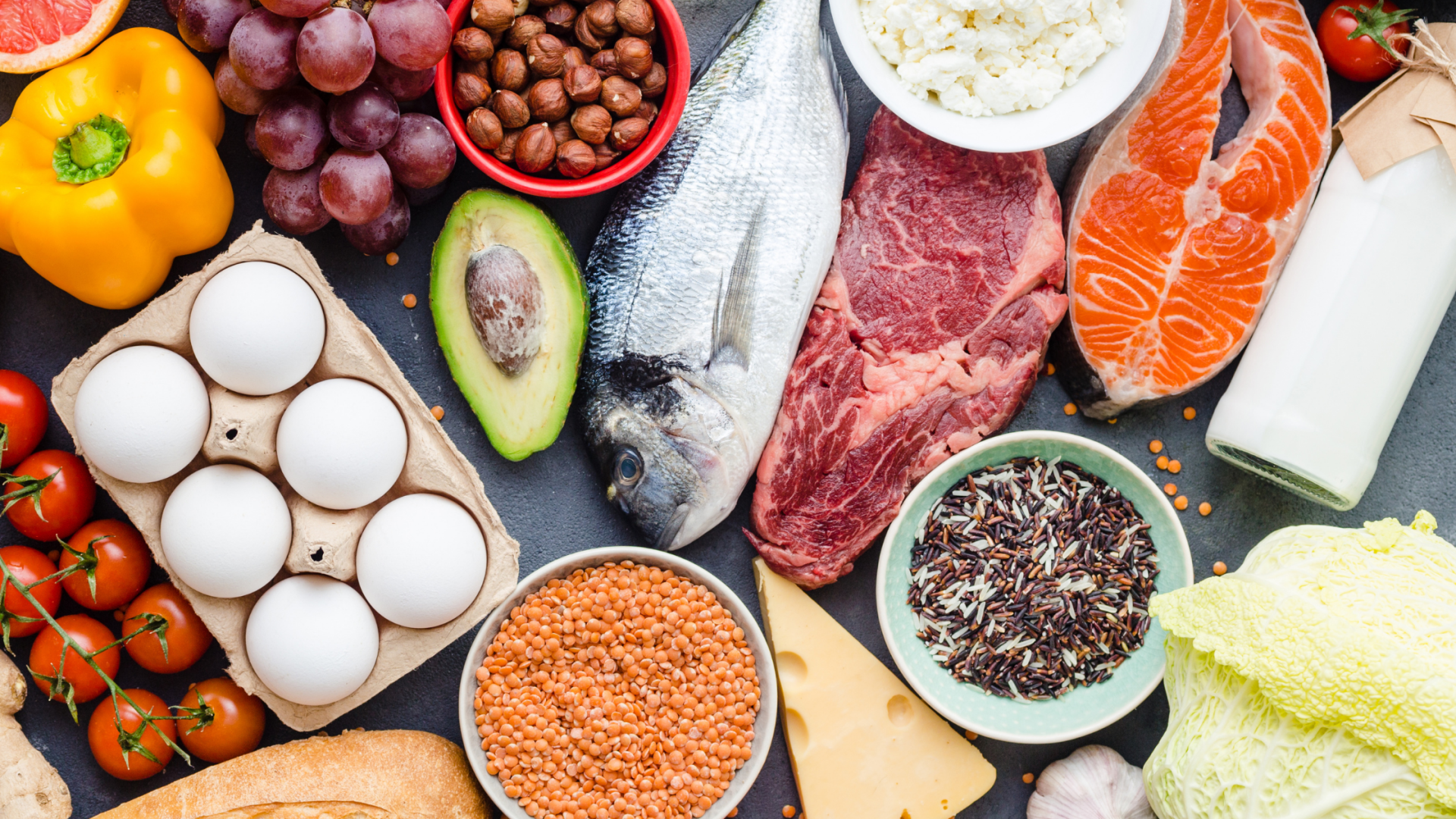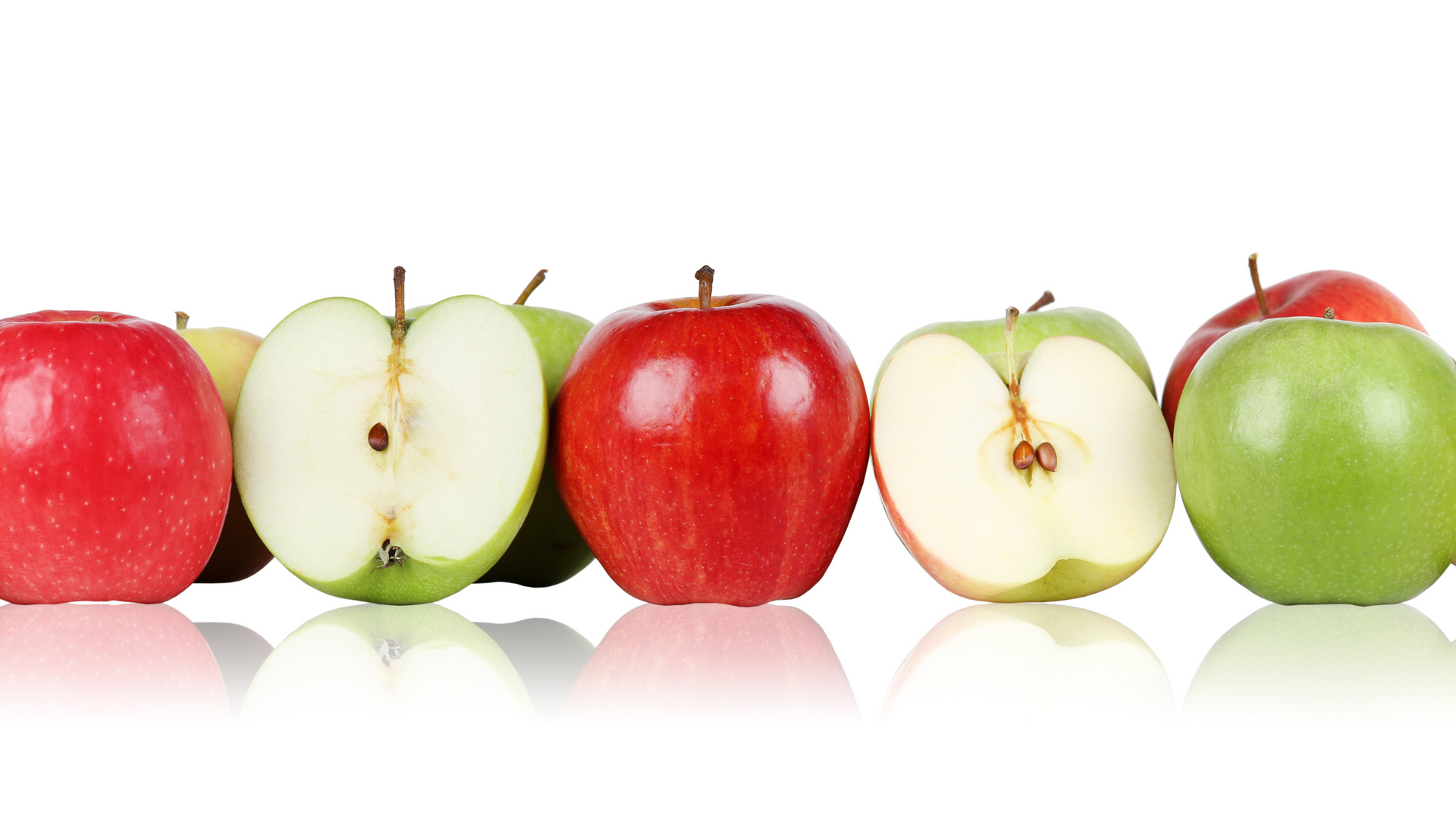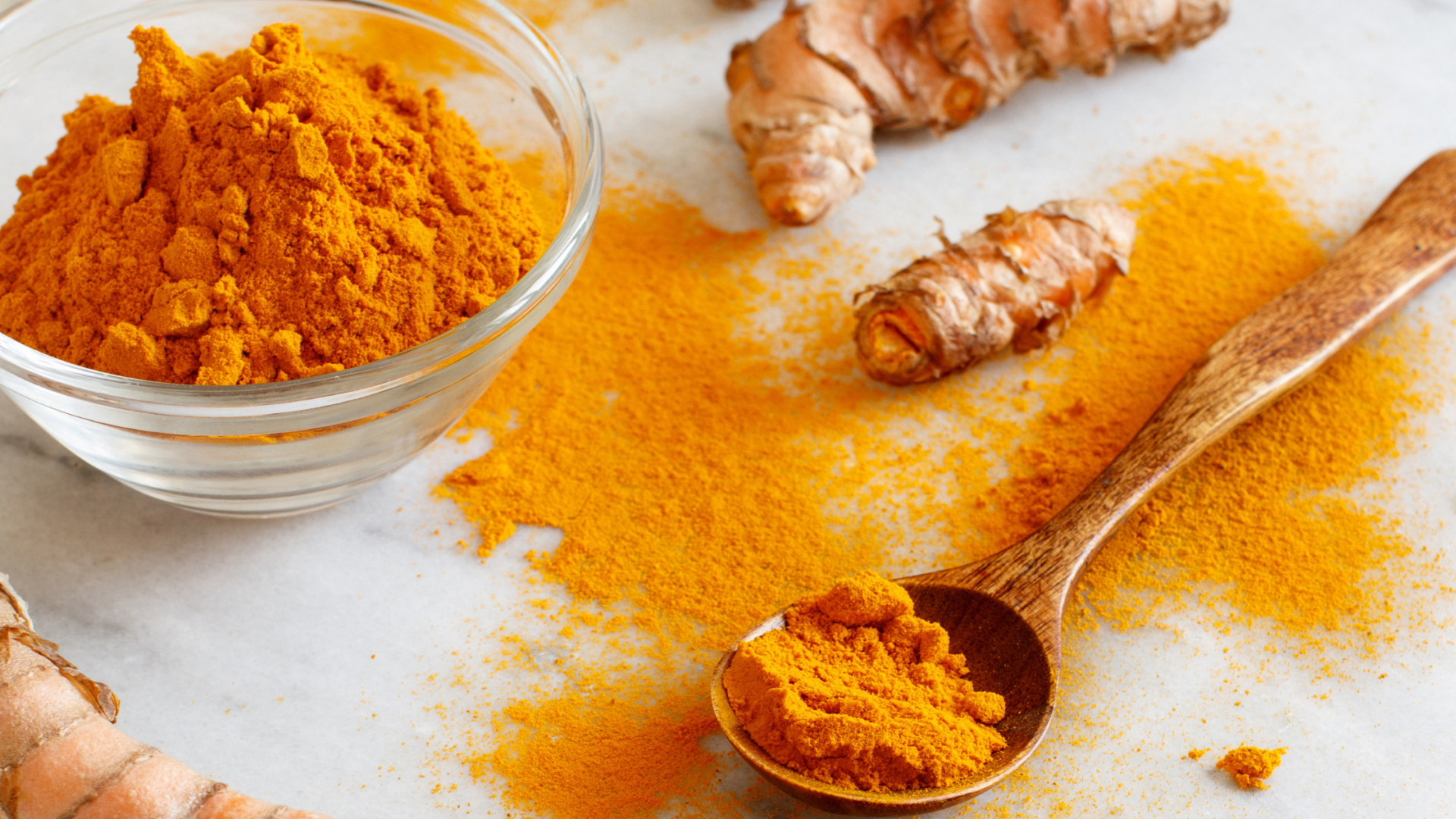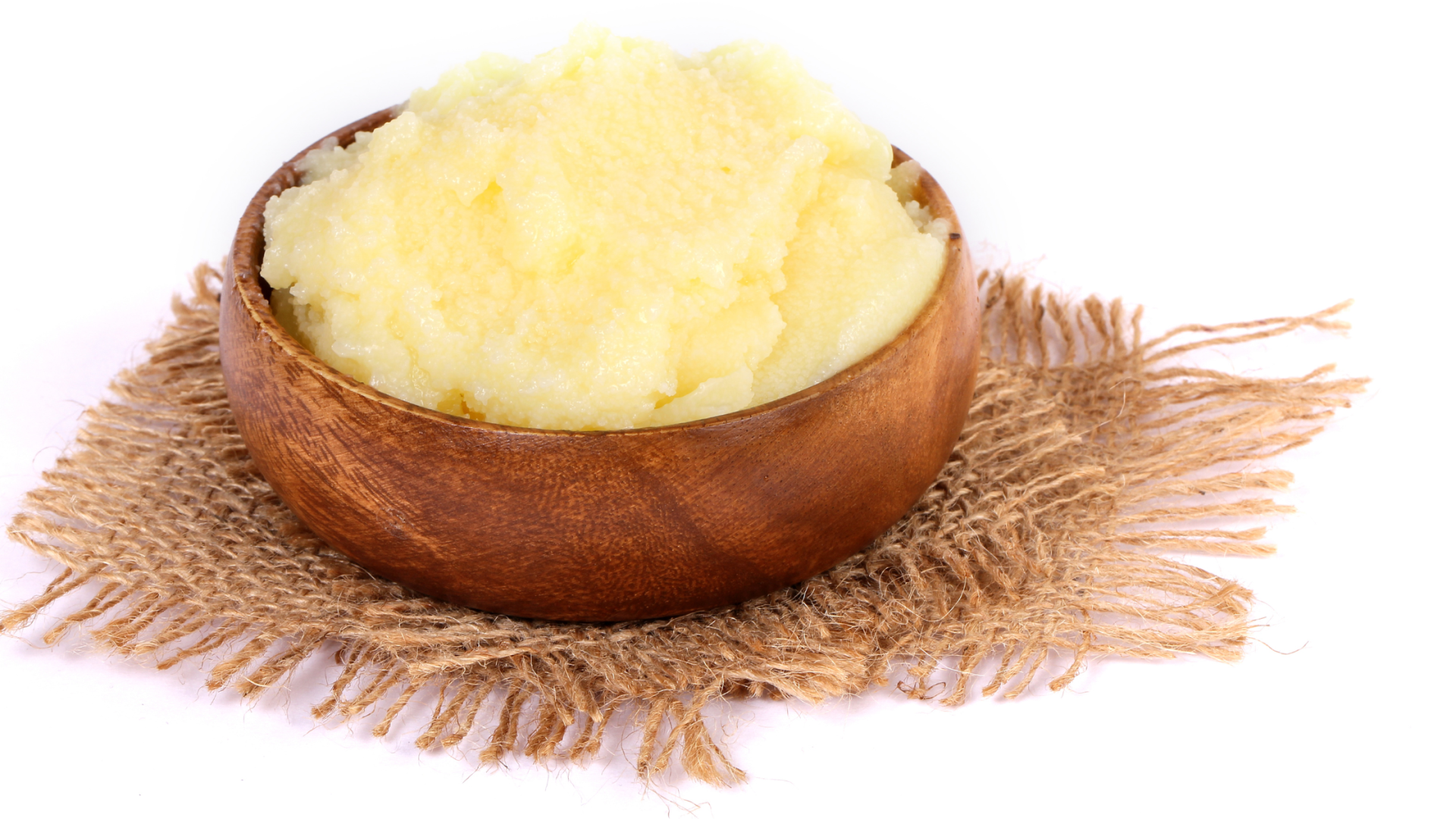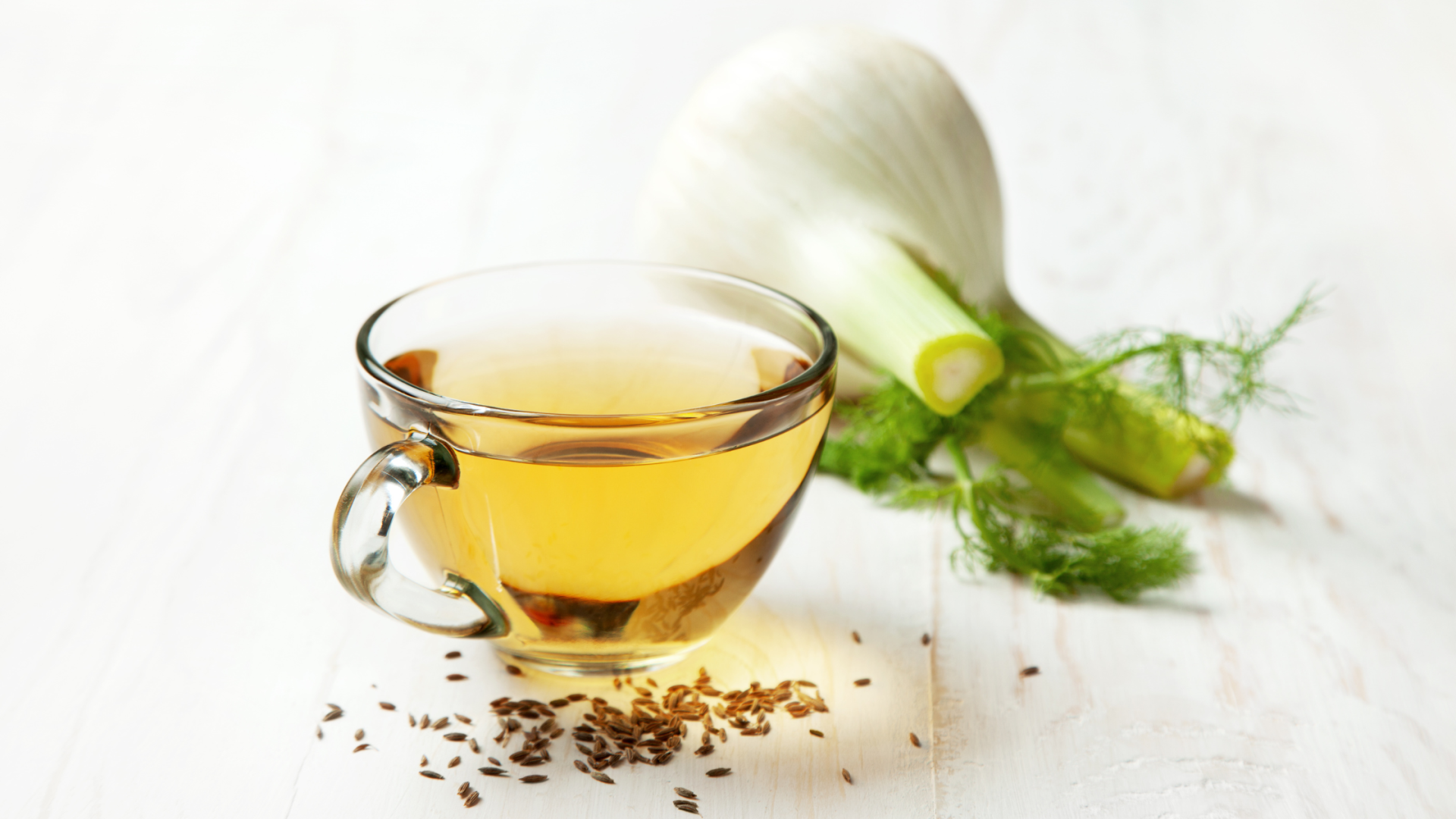Vitamin D and Iron for Young Growing Bodies
Children need a wide range of vitamins and minerals; however, two of the most important ones are Vitamin D and iron.
Vitamin D
Vitamin D is essential for the growth of strong bones in children. It also helps to prevent rickets. Rickets is characterised by soft bones in growing children. Children need Vitamin D from shortly after birth. Children who are 12 months and younger need about 400IU of vitamin D daily. Children who are 12 to 24 months need about 600 IU of vitamin D daily.
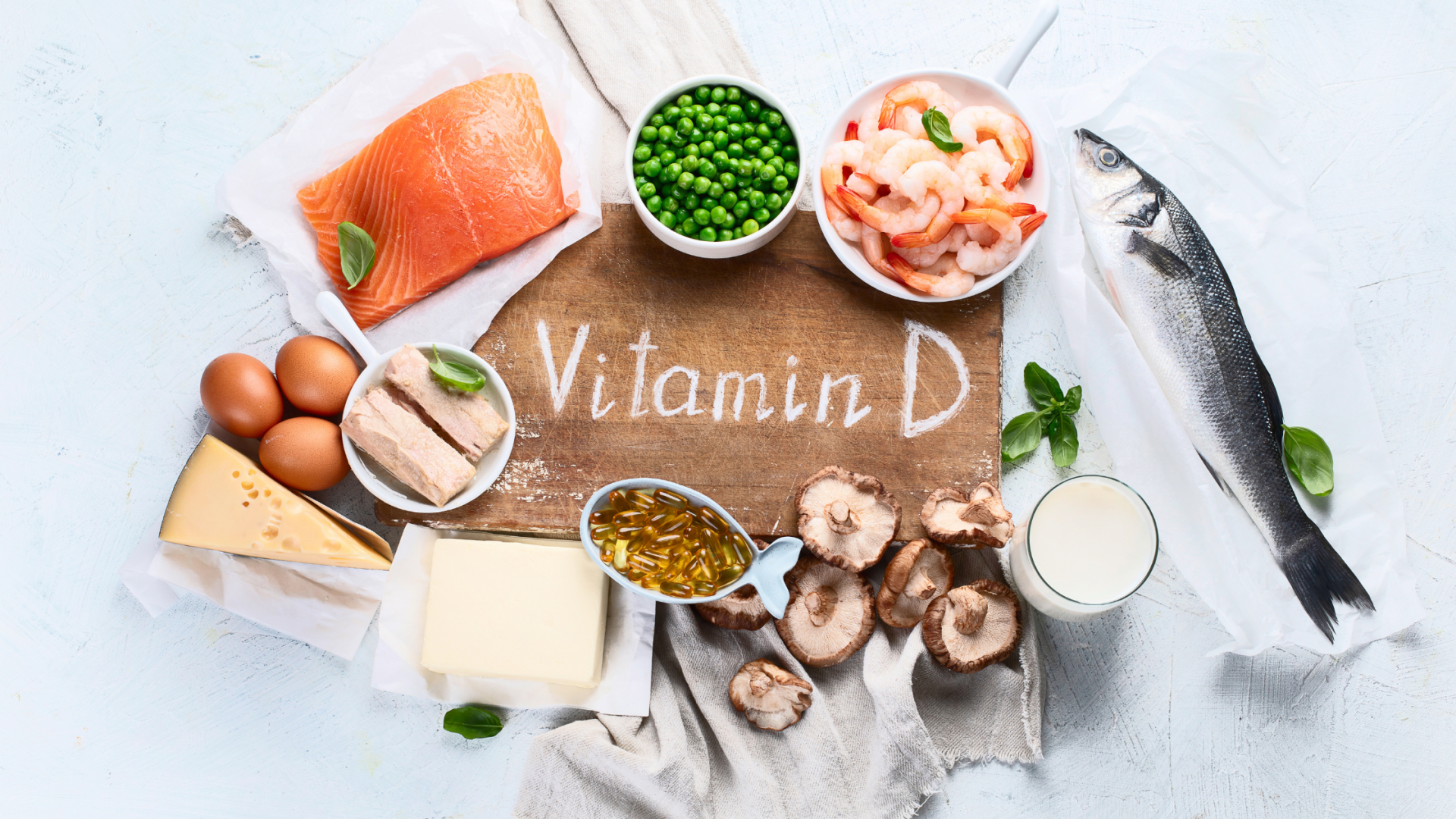
Sources of Vitamin D for Infants and Children:
Fortified cow's milk - it is not recommended for children younger than 12 months old; however, it is a great source of vitamin D for children older than 12 months. Fortified cow's milk may cause intestinal bleeding in children under 12 months as there are too many proteins and minerals for the kidneys to handle. Fortified cow's milk does not have the correct amount of nutrients required for an infant.
Breast milk - a baby cannot get all of its vitamin D from breast milk alone; therefore, a supplemental source is needed. Over-the-counter vitamin D drops can help.
Infant formula - the standard amount of formula that an infant would consume is about 900gm. This is sufficient to meet an infant's vitamin D needs. If the child is consuming less then they may need vitamin D supplements.
Solid foods - some good sources of vitamin D for children who are consuming solid foods include the following:
- Fish such as salmon or light canned tuna
- eggs
- Vitamin fortified foods such as cow's milk (for children 12 months and older), yoghurt, cereals and some juices
Iron
Iron assists to transport oxygen through a child's body and also supports a child's learning ability. Consuming enough iron can prevent conditions such as anaemia. Premature babies generally need more iron than full-term babies.New Paragraph

Sources of Iron for Infants and Children:
Breast milk - from the age of four months, babies need more iron than breast milk can provide. Over the counter iron drops can help with this. The drops should be sufficient until the child is old enough to regularly consume more iron-rich foods.
Formula - a child's iron needs can be supplied by standard infant formulas (especially if they have been fortified with iron) for the first 12 months.
Solid foods - from about the age of six months, babies can start to eat solid foods. These foods should contain one of two types of iron - heme and non-heme.
Heme iron can be found in:
- beef, pork, lamb, goat venison
- fatty fish
- chicken, turkey
- eggs
Non-heme iron can be found in:
- iron-fortified infant cereals
- tofu
- beans and lentils
- dark green leafy vegetables
To increase the absorption of non-heme iron, it should be consumed in conjunction with foods which are high in Vitamin C



